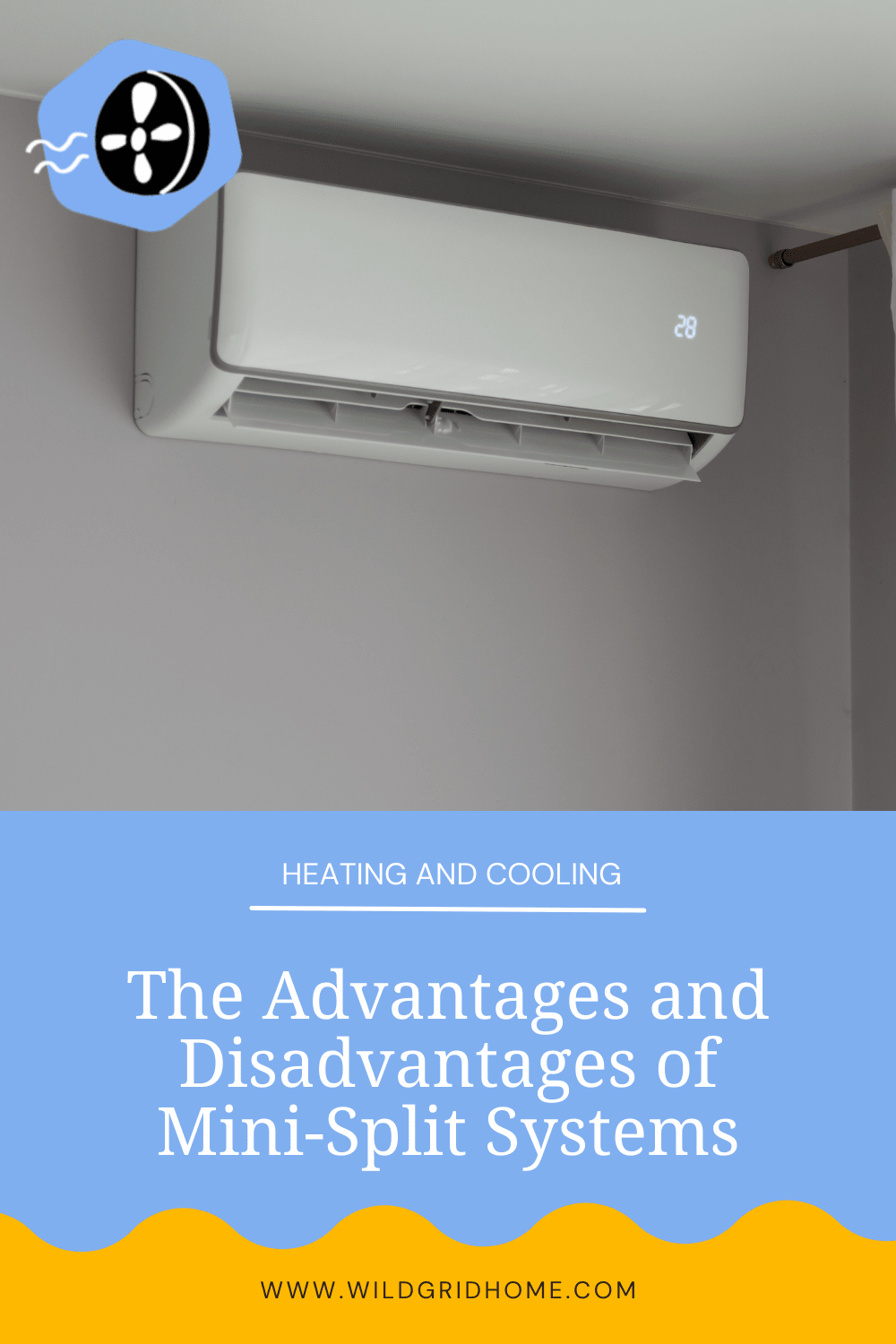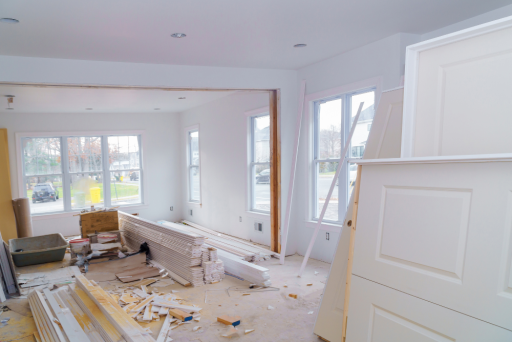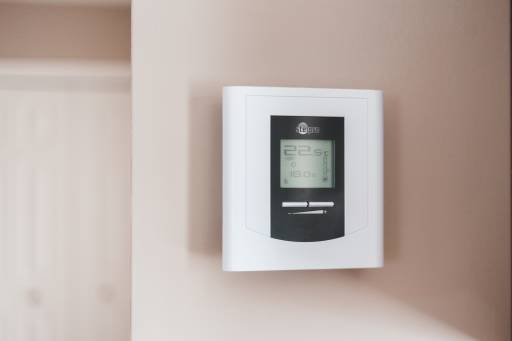The Advantages and Disadvantages of Mini-Split Systems
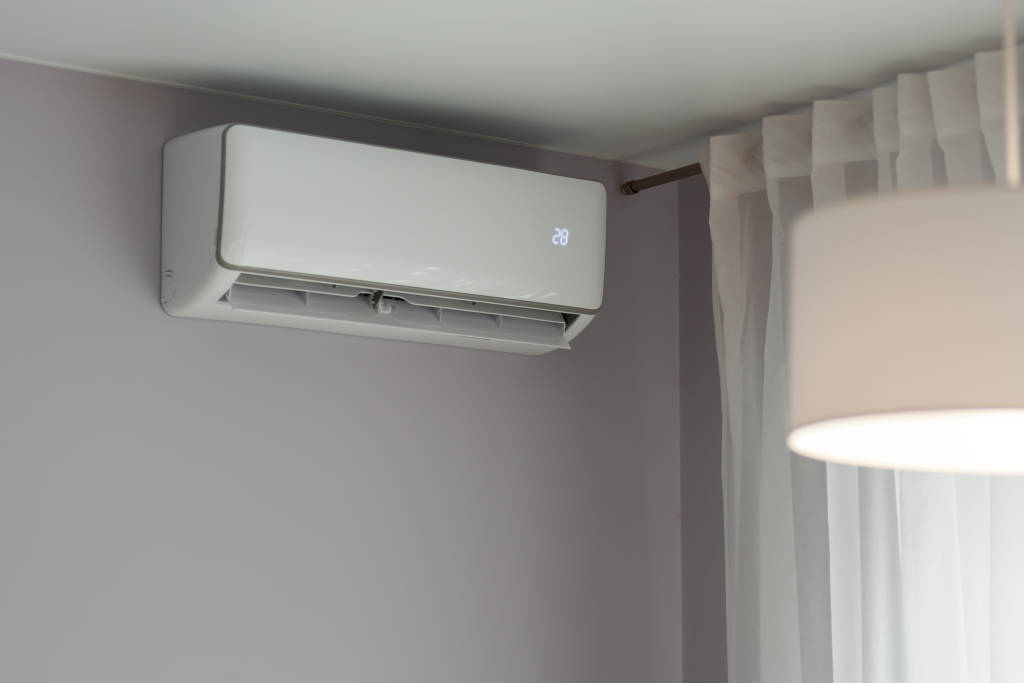
Are you casually perusing alternative HVAC options while avoiding looking at your most recent energy bill? Or are you on the cusp of committing to a mini-split system, but want to double-check your work before making that final decision?
Nothing a good ol’ pros and cons list can’t help with. We got you. 💪
In general, we here at Wildgrid are big fans of mini-splits, and would tell you that the pros outweigh the cons. But, here are all of the advantages and disadvantages of mini-split systems laid out on the line so that you can feel confident in the decision you make about your next grown-up purchase.
The Advantages of Mini-Splits ✅
Mini-splits have their own unique set of pros, but keep in mind that they still come with all of the benefits of heat pumps in general:
⚡👍They’re more energy efficient than traditional HVAC systems
💰 💸 They’re cost effective
💥❄️ They’re two-in-one heaters and coolers
🔌 🌎 They’re completely electric, which makes them the healthiest and most sustainable HVAC option available to homeowners today.
But here are some more reasons why you should love mini-splits.

Ductless = Even MORE Energy Efficient 😤
The biggest pro of mini-split systems is that they do not require ducts.
Most homes in the United States were designed with ductwork, despite the fact that ducts are responsible for a significant amount of energy waste.
If you’ve done your research, you’ve probably seen this number many times before, but that is because it is worth repeating: 30% of the energy used in association with ducted HVAC systems is just… lost.
This can be because of leaks, dust built-up, or lack of insulation. Whatever the reason, the result is the same: 30% of the energy you are using is not going towards keeping your house comfortable.
That also means 30% of the money you are spending on that energy is being wasted. 🚽
When you go with a ductless system, you pay for less energy, and every bit of it is put to good use. Nuff said. 👏
Did someone say ✨customizable✨?
With a centralized HVAC system, not only are you losing energy to ducts, but also to empty rooms throughout your house.
A mini-split system eliminates this source of wasted energy, because you can put individually controlled indoor units in every room in your house that requires heating or cooling.
Not only does this allow you to further boost your home’s overall energy efficiency, it also allows you to optimize your comfort. When you have a centralized system, you have to pick a single temperature setting for your entire house. With a mini-split system, you can set every single one of those indoor units to a different temperature. 🙌
Want to sleep in a cool, crisp bedroom but walk into a cozy kitchen when you wake up? No problem.
Want your kids to stop bickering with you over their impossibly different temperature preferences every waking second of the day? Easy peasy.
Pair your mini-split system with smart thermometers that can be controlled remotely and provide automatic climate control based on time and/or temperature, and you’ll have the most comfortable, energy efficient house on the block. 💁♀️
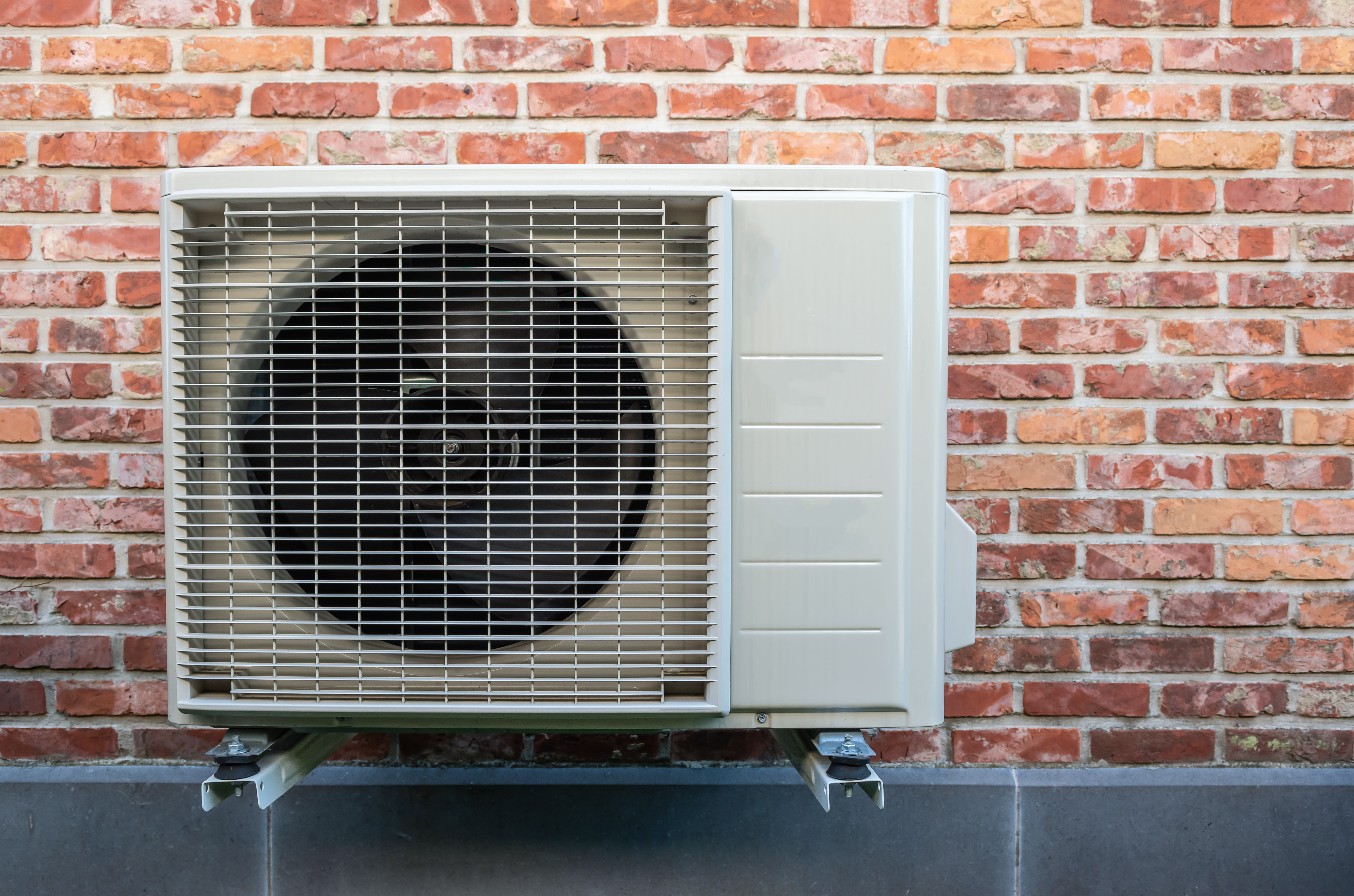
Simple Installation and Maintenance 🛠️
Mini-splits are generally easy to install. The installation of central HVAC systems can be pretty labor intensive and invasive, especially if you are getting new ductwork put in as well.
Mini-split systems are small, and the indoor units are just wall or ceiling-mounted. Some models even function like space heaters and can just go right on the floor.
A hole does need to be drilled through an outside wall of your house for the pipes carrying refrigerant between the outdoor and indoor units, but it is usually pretty small, with only a three-inch diameter. No need to gut your house or put your life on hold for a big renovation. Phew. 😮💨
Mini-splits are also low maintenance, especially compared to natural gas furnaces. Natural gas furnaces should be regularly serviced to ensure that they are operating safely (what with the risk of… ya know… explosions and all that). Because mini-splits are electric, they need about as much maintenance as your microwave. Which is to say: not a lot.
The Disadvantages of Mini-Splits ❌
As we’ve already discussed, mini-splits are pretty rad, but they do have a few drawbacks.
Cost… Per usual. 🙄
Sigh… the ever-present con of all things good.
Mini-splits are typically between $1500-$5000, including installation (though some estimates put the upper limit closer to $10,000).
This actually puts mini-splits on the lower end of the price range for heat pumps, and for HVAC systems in general. The catch is that the total cost goes up for every additional indoor unit you install.
If you live in a small house and only anticipate needing one or two indoor units, a mini-split system might end up being a total steal. But, if you live in a bigger house, a mini-split system will likely end up costing you more than a centralized heat pump.
That upfront cost can definitely feel daunting, but keep in mind:
💸 A heat pump is an investment, and because of how energy-efficient mini-splits are, you’re likely going to make the initial cost pretty quickly (relative to the lifetime of the system). In the long run, you’ll save more than you spent at the outset.
🧊 Mini-splits can heat AND cool; if you compare the cost of a mini-split system to a new furnace/AC combo, the mini-split system wins hands down. The initial costs are comparable, and mini-splits offer long term savings that traditional systems just don’t.
Additionally, because heat pumps are so ✨green ✨, there are lots of rebates available to homeowners who choose to install them. Taking advantage of those funding options can help bring down upfront costs pretty significantly.
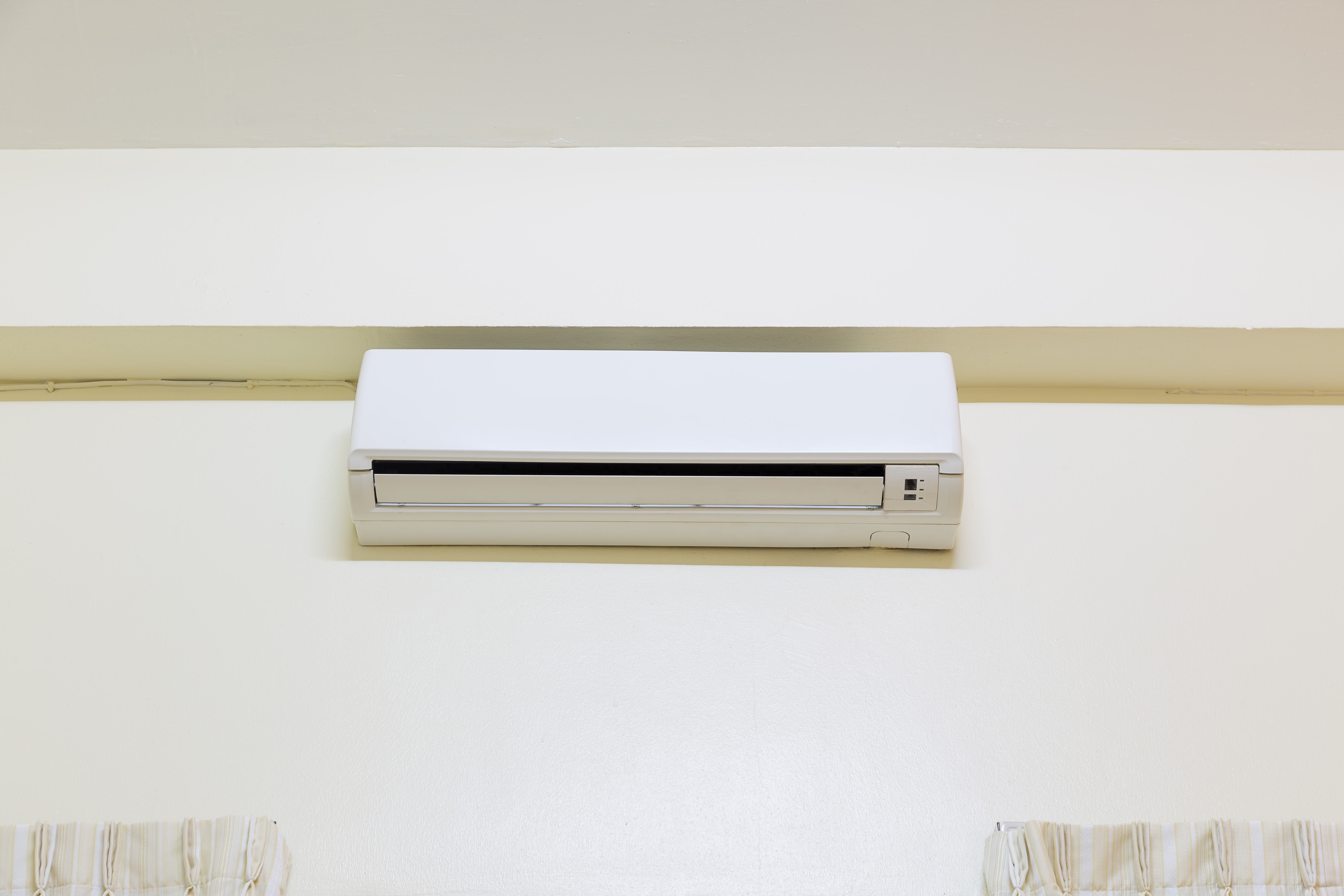
Not as chic as you are 💃
Mini-split systems are… not discreet.
As mentioned above, the indoor units of mini-splits are usually wall-mounted, though they can be ceiling-mounted or free-standing. Manufacturers generally try to make them look anonymous and neat, but the reality is that when you have a mini-split, you have a big ol’ hunk of tech just hanging on your wall.
If you’re clever about the placement of your room decor, you might be able to effectively distract wandering eyes from your mini-split. Put up a well-placed piece of art and some lush greenery and you might not even notice it yourself; just be careful to give the unit a good amount of breathing to allow it to function properly. ⚙️
There are also some mini-split models with indoor units that are designed to be hidden in drop ceilings or existing duct work, but they tend to be more expensive and more complicated to install.
Bottom line is that if the aesthetic of your home is important to you and a mini-split does not fit the vibes, a standard heat pump might end up being more conducive to your long term happiness and comfort in your home.
Short-Cycling 🔄
No, short-cycling is not the latest thrifting trend.
Now, this is not exactly a con of mini-splits, or really a con at all. It is just something that is worth keeping in mind while you shop for your new heat pump. 🛍️
Mini-splits, like all heat pumps, run in cycles. When they first turn on, they are in what is called “the start-up phase”, which is the most energy intensive part of any given cycle. After they warm up, they start to run more efficiently.
Short-cycling is the term for when a heat pump’s automatic shut-off happens before the start-up phase is over. Consistent short-cycling is bad because it means that your heat pump is never running at peak efficiency, which puts strain on the equipment and prevents you from experiencing the monthly financial perks of heat pump ownership that come from that efficiency.
Why does all of this matter? Because short-cycling is more likely to happen when your heat pump is not the proper size for your home. 🏡
So if you get a mini-split that is too small or too big in terms of heating/cooling capacity, frequent short-cycling may end up being at the top of the cons list.
So just be sure to consult an expert when picking out your mini-split.
Need help picking the right mini-split? Can’t figure out which rebates you qualify for? Check out Wildgrid's planning tool! Also, be sure to keep learning more with us through our weekly newsletter:
